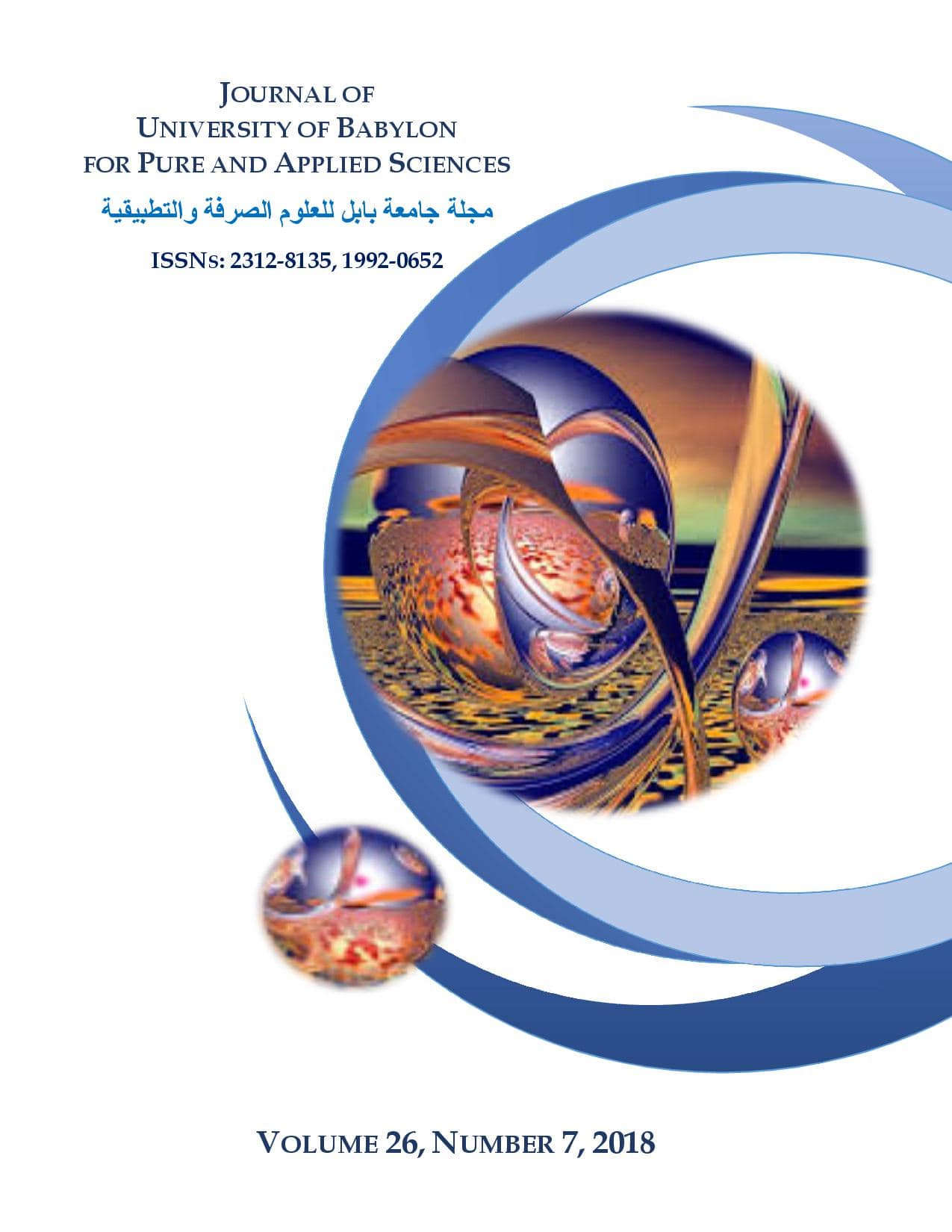Ulnar/Sural Amplitude Sensory Ratio in The Diagnosis of Guillian Barre Syndrome
محتوى المقالة الرئيسي
الملخص
Introduction: sural sparing pattern is believed to be important early neurophysiologic changes of Guillain Barre syndrome (GBS), but there is no agreed unified definition of it. This study aims to define sural sparing as the ratio of sensory amplitude of ulnar to sural nerves which has higher sensitivity in the detection of GBS.
Method: The study involves 20 patients presented with classical features of GBS. Then the diagnosis was confirmed using serial electrodiagnostic testing and CSF examination. Then they undergo full neurological and neurophysiological assessment by nerve conduction study and electromyography. Sural sparing is defined as decrease in the ratio of sensory amplitude between ulnar and sural nerves compared to age and sex matched control.
Results: The study found that ulnar/sural amplitude sensory ratio is a sensitive (75%) and specific (95%) finding in GBS.
Conclusion: We conclude that ulnar/sural amplitude sensory ratio is useful marker for diagnosis of GBS and can be used as agreed definition of sural sparing pattern.
تفاصيل المقالة

هذا العمل مرخص بموجب Creative Commons Attribution 4.0 International License.
